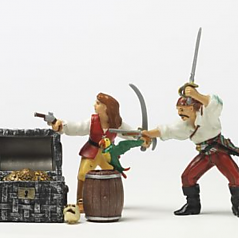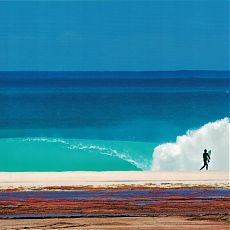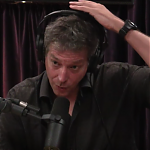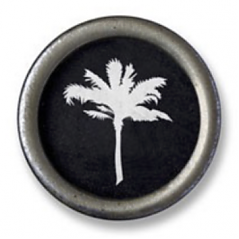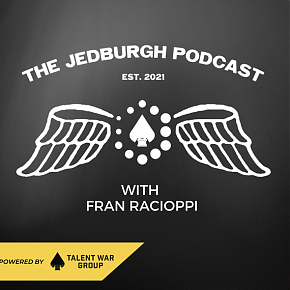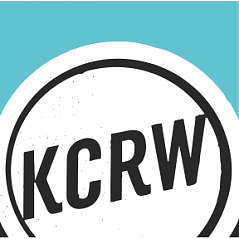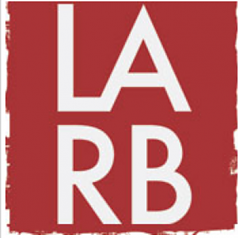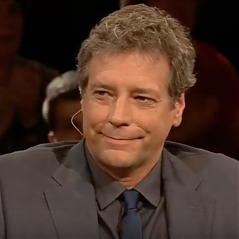Planet Waves

While I was in Somalia a man called Geoff Carter wrote about a picture of Indian men surfing on stand-up boards around 1800 off Chennai, which altered the known history of surfing a bit, even though the picture was hiding in plain sight at the Australian National Maritime Museum. Madrassan Men Surfing (scroll to #13) shows some local men loading an East India Company freighter near Madras Roads using a “catamaran,” a three-log board that was probably invented for fishing. (Above you see a photo from the ’40s.) An Indian catamaran is similar to the Middle Eastern hasake and the Peruvian caballitos de tortora — both fishing boats used for navigating waves while standing. For a long time no one grasped just how old these Indian contrivances were, even though the English captain and pirate William Dampier, who circumnavigated the globe in the 17th century, saw caballitos de tortora in 1684 and remembered similar surf-boats from the Bay of Bengal: “On the Coast of Coromandel in the East-Indies they call them Catamarans.”
It’s always interesting when old examples of stand-up surfing turn up outside Hawaii. The roots of the modern sport are still Polynesian, since no one seems to have surfed on their feet, without a paddle, just for fun, outside Hawaii until George Freeth and Duke Kahanamoku became “surf ambassadors” from Hawaii in the early 1900s. But the idea that people were stand-up paddleboarding before 1800 off Chennai — where modern surfing has just taken hold — is fairly wonderful.
For more, as usual, see Sweetness and Blood.











